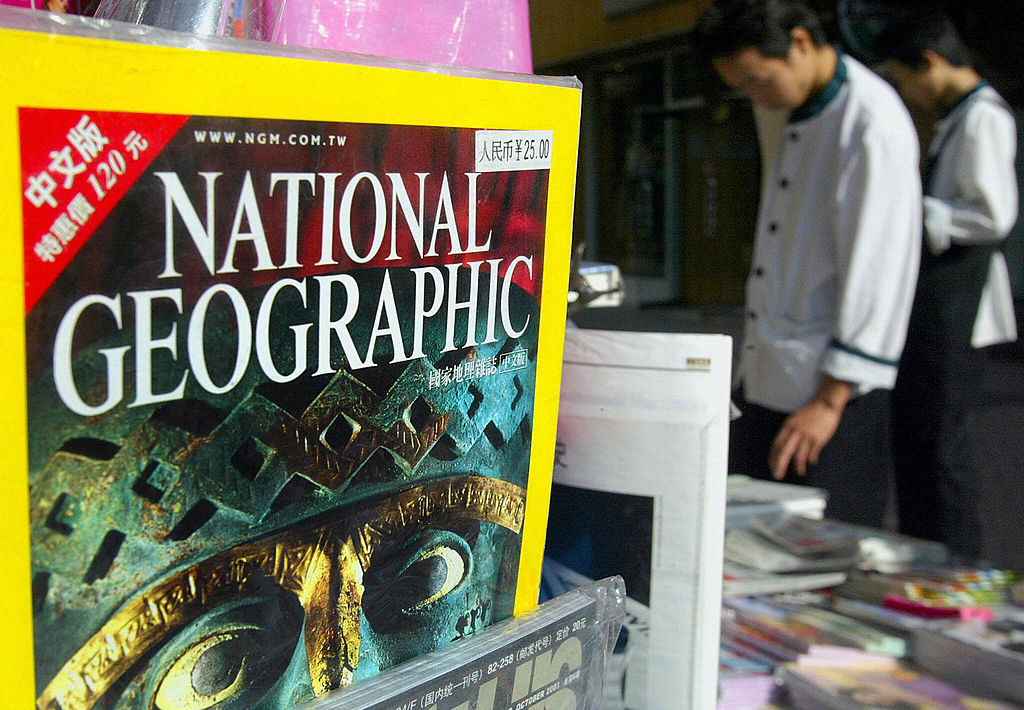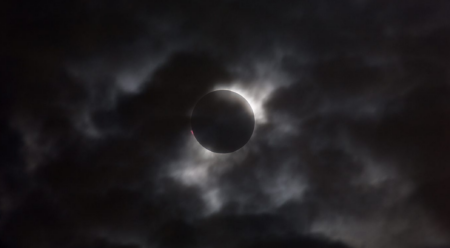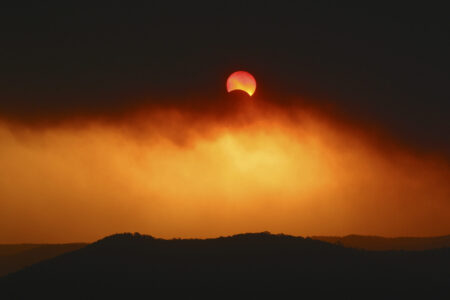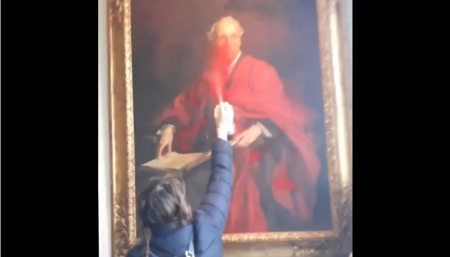Like many children of baby boomers, I grew up in a house chock-full of middlebrow physical media—a local and a national newspaper, several glossy weeklies or biweeklies, and, once a month, the thick, gloriously full-color National Geographic.
I am not going to argue that NatGeo was a perfect publication, or that it hadn’t been politicized—indeed, even to ten-year-old eyes, it seemed as if an awful lot of the editorial line could be boiled down to “there are too many people, and something ought to be done.”
Yet it was a beautiful and humane object, underwritten by a spirit of inquiry and adventure. The whiff of physical peril behind the magazine’s coverage gave it a mystique in an era where most journalism happens in air-conditioned Washington and New York offices.
And there were the pictures. Nothing could compromise these. Big cats, pharaonic tombs, the jungled mountains of Canton, sherpas on Everest, red-painted neopagans dancing around a fire—the wide world is still, in my mind, illustrated by the magazine’s photographs, shining from the magazine rack in the grocery store checkout.
The Washington Post reported today that National Geographic, suffering the decline of all print media, has laid off its remaining staff writers, and, while it will still be available by subscription, it will no longer appear on newsstands. That, to me, seems like a terribly sad thing. Where will my children see pictures of jaguars?
Editor’s note: The original language of this post has been clarified to indicate that National Geographic will still be available by subscription.
Read the full article here














